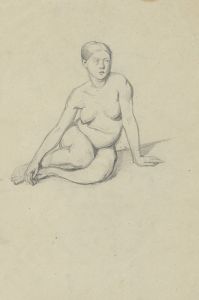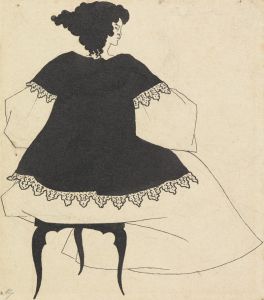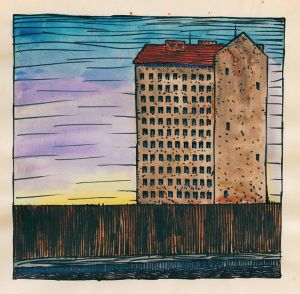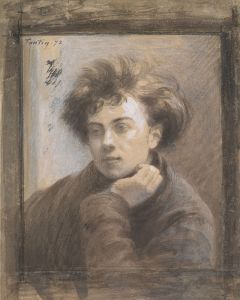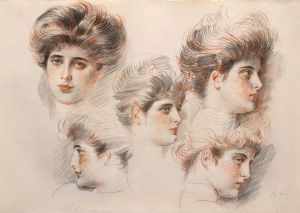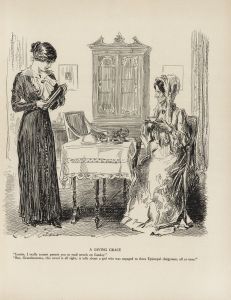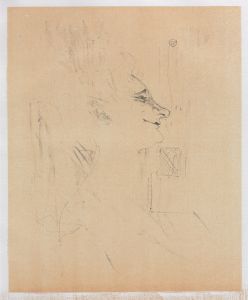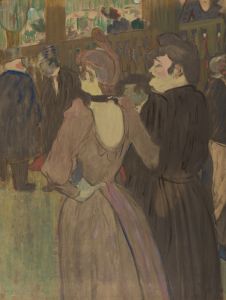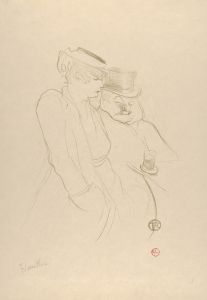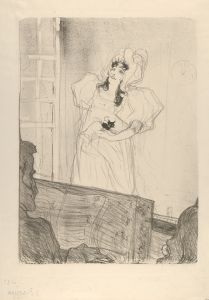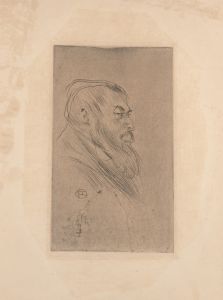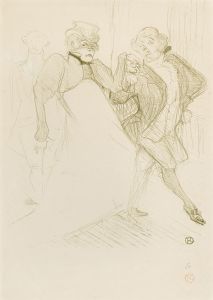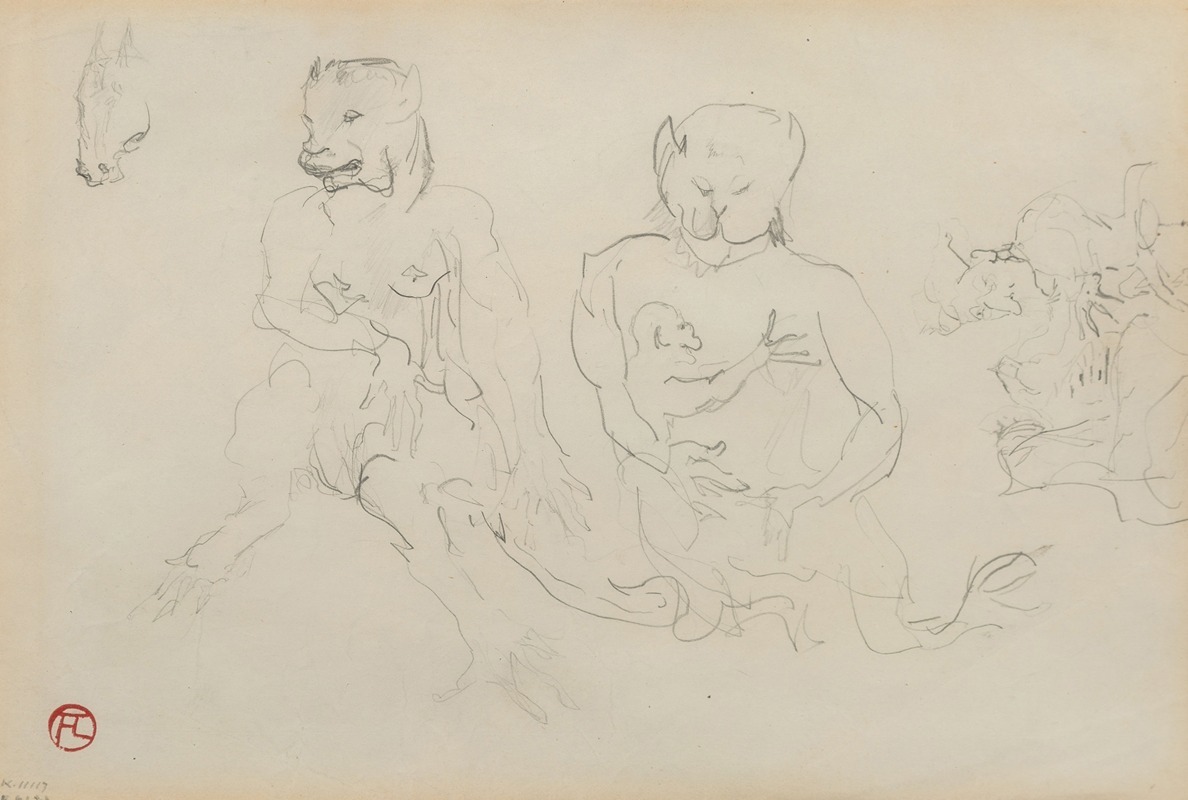
Croquis, Charge
A hand-painted replica of Henri de Toulouse-Lautrec’s masterpiece Croquis, Charge, meticulously crafted by professional artists to capture the true essence of the original. Each piece is created with museum-quality canvas and rare mineral pigments, carefully painted by experienced artists with delicate brushstrokes and rich, layered colors to perfectly recreate the texture of the original artwork. Unlike machine-printed reproductions, this hand-painted version brings the painting to life, infused with the artist’s emotions and skill in every stroke. Whether for personal collection or home decoration, it instantly elevates the artistic atmosphere of any space.
Henri de Toulouse-Lautrec, a prominent French painter, printmaker, and illustrator of the late 19th century, is widely recognized for his depictions of Parisian nightlife and his innovative contributions to modern art. Among his extensive body of work is the piece titled Croquis, Charge. This artwork is a sketch, or "croquis," which refers to a quick, preliminary drawing often used by artists to capture the essence of a subject or scene.
Croquis, Charge exemplifies Toulouse-Lautrec's mastery of line and form, showcasing his ability to convey movement and personality with minimal strokes. The term "charge" in the title suggests a caricature or exaggerated portrayal, a style that Toulouse-Lautrec frequently employed in his sketches and illustrations. His keen observational skills and sharp wit allowed him to create works that were both humorous and insightful, often reflecting the social dynamics and characters of his time.
While specific details about the creation date or context of Croquis, Charge are not widely documented, it is consistent with Toulouse-Lautrec's broader artistic practice. He often created sketches as part of his process, capturing fleeting moments or experimenting with ideas that would later inform his more finished works. These sketches also reflect his fascination with the human figure and his ability to distill complex emotions and interactions into simple, expressive lines.
Toulouse-Lautrec's artistic career was deeply influenced by his personal experiences and the cultural environment of late 19th-century Paris. Born into an aristocratic family in 1864, he suffered from congenital health issues that stunted his growth and left him physically disabled. This, combined with his immersion in the bohemian lifestyle of Montmartre, shaped his perspective and artistic output. His works often focused on the lives of performers, dancers, and other figures on the fringes of society, capturing their vitality and humanity with empathy and nuance.
As with many of Toulouse-Lautrec's sketches, Croquis, Charge provides a glimpse into his creative process and his ability to observe and interpret the world around him. Though it may not be as widely recognized as his finished paintings or lithographs, it remains a testament to his skill as a draftsman and his unique artistic vision.
Further details about the specific subject or setting of Croquis, Charge are not readily available, as many of Toulouse-Lautrec's sketches were informal works not intended for public exhibition. However, they continue to be valued for their insight into his methods and his contribution to the development of modern art.





